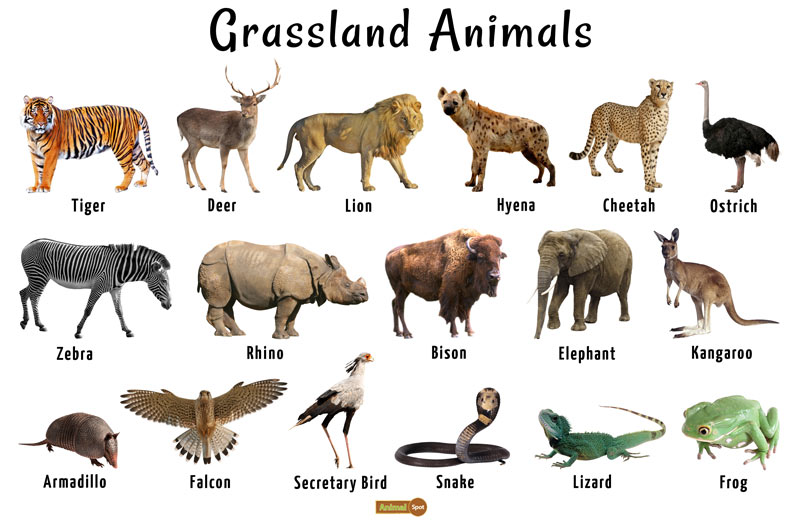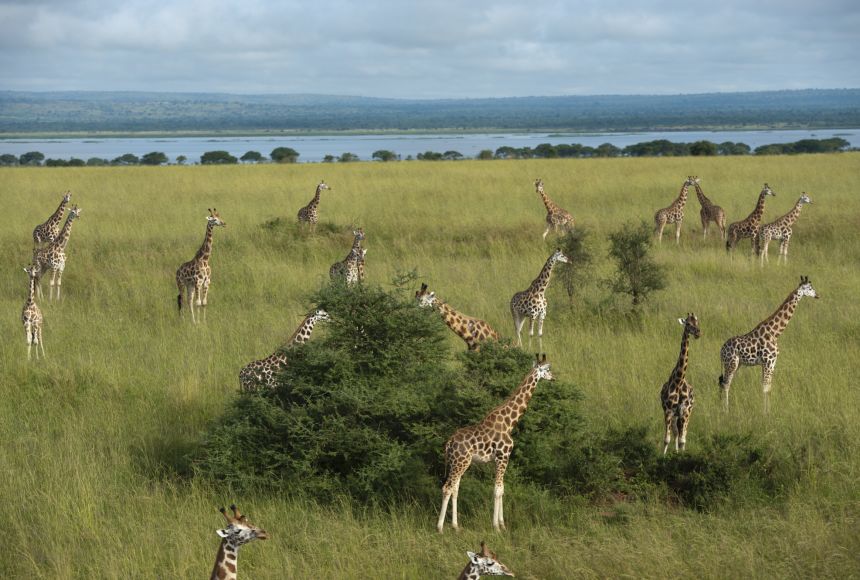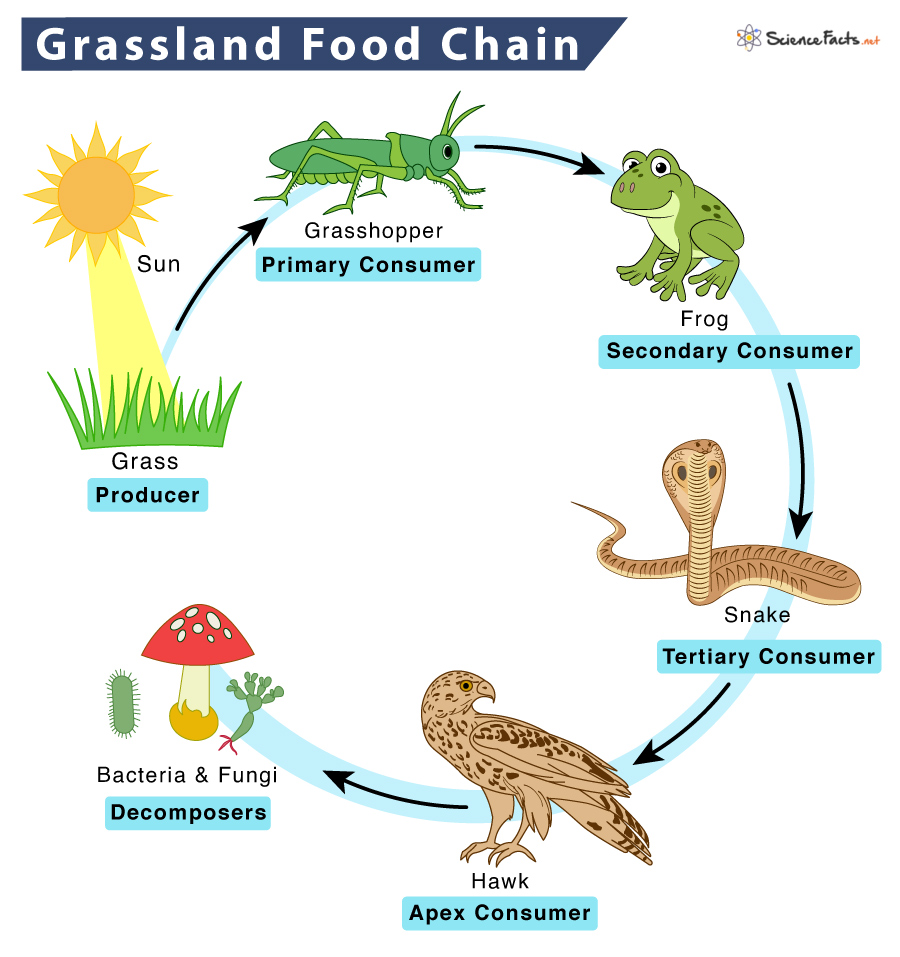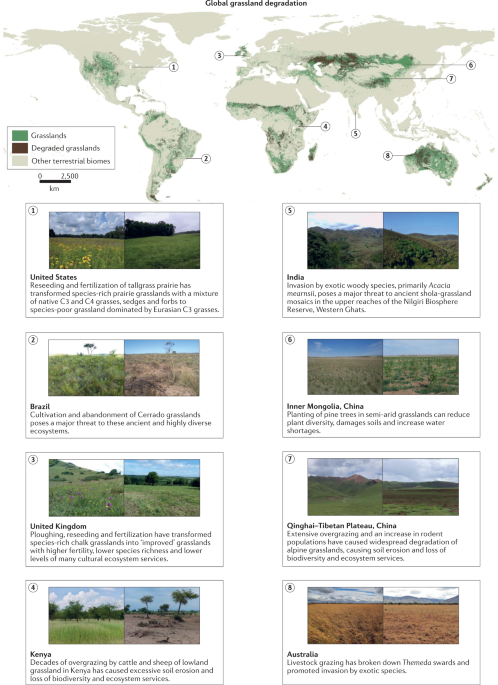Topic abiotic factors of an aquatic ecosystem: Explore the invisible yet pivotal abiotic factors of an aquatic ecosystem, guiding the intricate dance of life beneath the water"s surface, and shaping the diversity and productivity of aquatic environments.
Table of Content
- What are the main abiotic factors that affect aquatic ecosystems?
- Overview of Abiotic Factors
- Temperature and Light
- Water Current and Salinity
- Chemical Composition and Dissolved Oxygen
- YOUTUBE: Abiotic Factors in Ecosystems: Water
- Depth and Pressure
- Substrate Types
- Marine and Freshwater Ecosystem Differences
- Impact on Biodiversity
- Adaptations of Aquatic Life
- Human Impact and Conservation Efforts
What are the main abiotic factors that affect aquatic ecosystems?
The main abiotic factors that affect aquatic ecosystems include:
- Water temperature: The temperature of the water can influence the metabolic rates and behavior of aquatic organisms. Different species have different temperature tolerances.
- Water pH: pH levels can affect the solubility and availability of nutrients in the water, which in turn affects the growth and survival of organisms.
- Water flow: The rate of water flow can determine the levels of oxygen and nutrient availability, as well as affect the distribution and movement of organisms.
- Oxygen concentration: Oxygen is essential for aquatic organisms to survive. The level of dissolved oxygen in the water can vary based on temperature, photosynthesis, and organic matter decomposition.
- Nutrients: Nutrient availability, such as nitrogen and phosphorus, is crucial for primary producers like algae and plants. Excessive nutrient levels can lead to excessive growth (eutrophication) or oxygen depletion.
- Light availability: Light intensity and quality are important for photosynthesis in aquatic plants. Light availability also affects the behavior and distribution of organisms in the water column.
- Substrate: The composition and characteristics of the bottom substrate can influence the types of organisms that can inhabit a particular aquatic ecosystem.
READ MORE:
Overview of Abiotic Factors
Abiotic factors are the non-living components that significantly influence aquatic ecosystems. These factors are crucial for the survival, growth, and reproduction of aquatic organisms. They help define the unique characteristics of different aquatic environments, from the deepest oceans to the smallest streams.
- Temperature: Regulates the metabolic rates of aquatic organisms and affects the physical properties of water.
- Light: Essential for photosynthesis, light penetration affects plant growth and the distribution of species within the water column.
- Water Currents: Influence the dispersal of nutrients, organisms, and sediments, shaping habitats and community structure.
- Salinity: The concentration of salts in water determines the osmoregulation processes of aquatic life and influences species distribution.
- Oxygen Content: Dissolved oxygen is critical for respiration in aquatic organisms. Its availability can be affected by temperature, pressure, and biological activity.
- pH Levels: A measure of acidity or alkalinity, which can influence metabolic and physiological functions of aquatic life.
- Nutrients: Elements such as nitrogen and phosphorus are essential for the growth of aquatic plants and algae, influencing ecosystem productivity.
- Substrate: The type of bottom surface (sand, rock, mud) affects habitat suitability for various organisms and plants.
Understanding these abiotic factors is essential for conservation efforts and the management of aquatic environments, ensuring the sustainability of these vital ecosystems for future generations.

Temperature and Light
Temperature and light are pivotal abiotic factors in aquatic ecosystems, profoundly influencing biological processes and species distributions. Their interplay determines the thermal stratification and photic zones, crucial for the survival of diverse aquatic life forms.
- Temperature: It affects the water"s density, viscosity, and oxygen solubility, which in turn influence the metabolism and behavior of aquatic organisms. Temperature gradients create distinct layers within aquatic environments, each supporting different types of life.
- Light: Light penetration determines the depth of the photic zone, where photosynthesis can occur, supporting the base of the aquatic food web. Below this zone, in the aphotic zone, life must adapt to darkness.
Both temperature and light vary with depth, time of day, and season, leading to dynamic changes in aquatic ecosystems. Organisms must adapt to these changes, with some migrating vertically in the water column to exploit light and temperature conditions optimally.
- Seasonal and daily temperature fluctuations can lead to thermal stratification, affecting nutrient cycling and distribution of aquatic life.
- Light availability influences the rate of photosynthesis, which impacts oxygen levels and the distribution of photosynthetic organisms.
Understanding the roles of temperature and light helps in comprehending the complex dynamics of aquatic ecosystems, guiding conservation and management efforts to preserve these vital habitats.
Water Current and Salinity
Water current and salinity are critical abiotic factors that shape life in aquatic ecosystems, influencing the physical environment and the biological interactions within. These elements play a significant role in determining the conditions for aquatic organisms" survival and distribution.
- Water Current: Currents affect the movement of nutrients, sediments, and organisms. They can shape the physical features of aquatic habitats, influence water quality, and affect the foraging and reproductive behaviors of aquatic life.
- Salinity: The concentration of dissolved salts in water defines salinity, which varies between freshwater and marine ecosystems. Salinity influences the osmoregulation processes of aquatic organisms and can determine species distribution based on their tolerance to salinity levels.
The interaction between water current and salinity creates diverse habitats, from fast-flowing rivers to the stable waters of lakes and the saline conditions of the open ocean. These factors contribute to the ecological diversity and productivity of aquatic ecosystems by:
- Facilitating the dispersal and migration of species.
- Influencing the reproductive cycles and growth rates of aquatic organisms.
- Shaping the community structure through selective pressures on species with different tolerances to flow rates and salinity.
Adaptations to water current and salinity are evident in the varied physiologies and behaviors of aquatic species, demonstrating the intricate balance of life in response to these abiotic factors.

Chemical Composition and Dissolved Oxygen
The chemical composition of water and the level of dissolved oxygen are fundamental abiotic factors that determine the health and diversity of aquatic ecosystems. These factors influence the types of organisms that can thrive in different aquatic environments.
- Chemical Composition: This includes a range of dissolved minerals and organic compounds, which can vary widely depending on the local geology, pollution levels, and other environmental factors. Key components include nitrogen, phosphorus, carbon compounds, and trace minerals, which are essential for life but can become pollutants at high concentrations.
- Dissolved Oxygen: Oxygen dissolved in water is critical for the respiration of most aquatic organisms. The amount of dissolved oxygen can be affected by temperature, pressure, salinity, and the presence of plants and algae, which produce oxygen through photosynthesis during the day and consume it at night.
Together, these factors create a delicate balance that supports aquatic life. Variations in chemical composition and dissolved oxygen levels can lead to dramatic changes in aquatic communities. For example:
- Eutrophication, caused by excessive nutrients such as nitrogen and phosphorus, can lead to oxygen-depleted zones unsuitable for most life forms.
- Areas with high dissolved oxygen levels typically support a diverse range of fish, invertebrates, and other aquatic organisms.
Monitoring and managing the chemical composition and dissolved oxygen levels are crucial for maintaining healthy aquatic ecosystems and ensuring the sustainability of aquatic life forms.
Abiotic Factors in Ecosystems: Water
Dive into the mesmerizing world of water as this video takes you on an immersive journey through stunning underwater landscapes, showcasing the magnificent marine life and the tranquil serenity of the ocean.
Abiotic Factors in Ecosystems: Sunlight
Get ready to bask in the brilliance of sunlight as this video unveils breathtaking landscapes illuminated by golden rays. Experience the warmth and energy of the sun as it paints the sky with vibrant hues and rejuvenates the world around us.
Depth and Pressure
Depth and pressure are interrelated abiotic factors in aquatic ecosystems that profoundly influence the distribution of life, physical conditions, and biological processes underwater. As depth increases, so does the pressure, which in turn affects the physiology and adaptations of aquatic organisms.
- Depth: Influences light penetration, temperature, and pressure. Light diminishes with depth, affecting photosynthetic activity and thus the distribution of plant life and photosynthetic organisms. This creates distinct zones in aquatic ecosystems, each with its unique community of organisms.
- Pressure: Increases approximately one atmosphere (atm) for every 10 meters of depth. High pressure impacts the biological structures and functions of deep-sea organisms, leading to unique adaptations such as flexible membranes and enzymes that function under high pressure.
Depth-related changes in environmental conditions create layers within aquatic ecosystems, each characterized by specific physical conditions and life forms. These include:
- The photic zone, where sunlight penetrates and supports photosynthesis.
- The aphotic zone, which lacks sunlight, reducing the types of organisms that can survive to those that rely on chemosynthesis or detritus for nutrition.
Understanding the effects of depth and pressure is crucial for exploring and conserving aquatic ecosystems, especially as technological advances allow us to explore deeper into the oceans than ever before.

Substrate Types
The substrate of an aquatic ecosystem refers to the material that makes up the bottom surface of a body of water. This can significantly influence the types of organisms that can live in that environment, as different species have varying requirements for habitat, breeding, and feeding.
- Sand: Loose, granular particles that can create shifting and unstable habitats. Sand substrates are often found in coastal areas and support organisms adapted to these dynamic conditions.
- Mud: Composed of finer particles than sand, mud substrates can retain more organic material, supporting a rich diversity of life, including worms, bivalves, and certain types of fish that burrow.
- Rock: Provides a stable and hard surface for the attachment of algae, barnacles, mussels, and other organisms. Rocky substrates are common in intertidal zones and reefs where the water movement is significant.
- Gravel: Consists of small stones that allow better water flow than mud or sand, supporting species that require well-oxygenated water, such as certain invertebrates and fish.
- Organic Detritus: Comprised of decomposing plant and animal matter, this substrate is rich in nutrients and supports a diverse array of decomposers, detritivores, and microorganisms.
- Vegetation: Aquatic plants themselves can create a substrate type, offering habitat and food for a variety of aquatic organisms, including fish, insects, and amphibians.
Each substrate type creates unique ecosystems within aquatic environments, influencing the distribution, behavior, and survival of aquatic organisms. Understanding these substrates helps in the study and conservation of aquatic biodiversity.
Marine and Freshwater Ecosystem Differences
Marine and freshwater ecosystems are two fundamental categories of aquatic environments, each with distinct abiotic factors and diverse forms of life. Understanding the differences between these ecosystems is crucial for ecological study and conservation efforts.
- Salinity: The most obvious difference is the salt concentration. Marine ecosystems, such as oceans and seas, have high salinity levels, while freshwater ecosystems, including lakes, rivers, and ponds, have minimal salt content.
- Water Density and Buoyancy: The higher salinity in marine waters increases the density and buoyancy, affecting the swimming efficiency of aquatic organisms and the distribution of nutrients and light.
- Types of Habitats: Marine ecosystems feature a wide range of habitats, including open oceans, coral reefs, and deep-sea trenches. Freshwater habitats are diverse as well, encompassing streams, rivers, lakes, and wetlands.
- Biodiversity: Both ecosystems support rich biodiversity, but marine environments, particularly coral reefs, are among the most diverse on Earth. Freshwater ecosystems also harbor a significant number of species, many of which are adapted to specific, sometimes fluctuating, environmental conditions.
- Flora and Fauna: The species composition varies greatly, with marine ecosystems dominated by salt-tolerant plants and animals, such as seagrasses and marine fish, while freshwater ecosystems are home to freshwater fish, amphibians, and plants adapted to low-salinity conditions.
- Ecological Processes: The ecological processes, including nutrient cycling, energy flow, and population dynamics, differ due to the variations in abiotic factors such as salinity, pressure, and light availability.
Both marine and freshwater ecosystems play crucial roles in the Earth"s environmental and climatic systems, supporting life both in and out of water. Their conservation is vital for maintaining biodiversity, ecological balance, and the services they provide to humanity.

Impact on Biodiversity
Abiotic factors play a critical role in shaping biodiversity within aquatic ecosystems. These non-living components not only determine the presence, abundance, and health of various species but also influence the interactions among them, driving the ecological dynamics of these environments.
- Temperature Variations: Influence the geographic distribution of species. Warmer waters may support a wider variety of life but can also lead to habitat loss if temperatures exceed tolerance limits for certain species.
- Light Availability: Affects photosynthetic activity, which is foundational for food webs. In regions with ample sunlight, primary productivity can support a diverse range of consumers and predators, enriching biodiversity.
- Water Chemistry: Nutrient levels, pH, and salinity impact species composition. Nutrient-rich waters can support high levels of phytoplankton, leading to diverse aquatic communities, whereas extreme pH or salinity may limit biodiversity to specialized species.
- Currents and Turbulence: Distribute nutrients and organisms, affecting breeding and feeding grounds, and thus influence the diversity and distribution of aquatic life.
- Substrate Type: The nature of the bottom surface (e.g., sandy, rocky) provides different habitats, influencing the types of species that can establish and thrive in an area.
Abiotic factors are also crucial in shaping evolutionary pressures, leading to the adaptation and speciation of aquatic organisms. Changes in these factors, whether natural or anthropogenic, can have profound effects on biodiversity, underscoring the importance of monitoring and maintaining healthy aquatic ecosystems for the sustainability of life on Earth.
Adaptations of Aquatic Life
Aquatic life forms exhibit a fascinating array of adaptations that enable them to survive and thrive in their specific aquatic environments. These adaptations are responses to the abiotic factors such as temperature, salinity, light, pressure, and chemical composition prevalent in their habitats.
- Temperature Tolerance: Species like the Arctic char adapt to cold waters with antifreeze proteins, while tropical fish have enzymes that function optimally at higher temperatures.
- Light Absorption: Deep-sea creatures exhibit bioluminescence to attract prey or mates in the absence of sunlight. Photosynthetic organisms, like algae, have pigments to efficiently capture available light for energy.
- Osmoregulation: Saltwater fish excrete excess salt through specialized gills, while freshwater species actively take in salts to maintain internal balance.
- Pressure Resistance: Deep-sea organisms possess flexible cell walls and proteins that remain functional under extreme pressure, allowing them to inhabit depths where the pressure would crush others.
- Respiratory Adaptations: Aquatic mammals like dolphins and whales have evolved to hold their breath for extended periods, while fish gills efficiently extract oxygen from water.
- Body Shape and Movement: Streamlined bodies in fish reduce water resistance, enabling swift movement. Similarly, the flat bodies of rays and flounders facilitate life on the ocean floor.
These adaptations are not just biological triumphs but also illustrate the interconnectedness of life and its environment. They highlight the importance of preserving aquatic ecosystems and the delicate balance that sustains biodiversity.
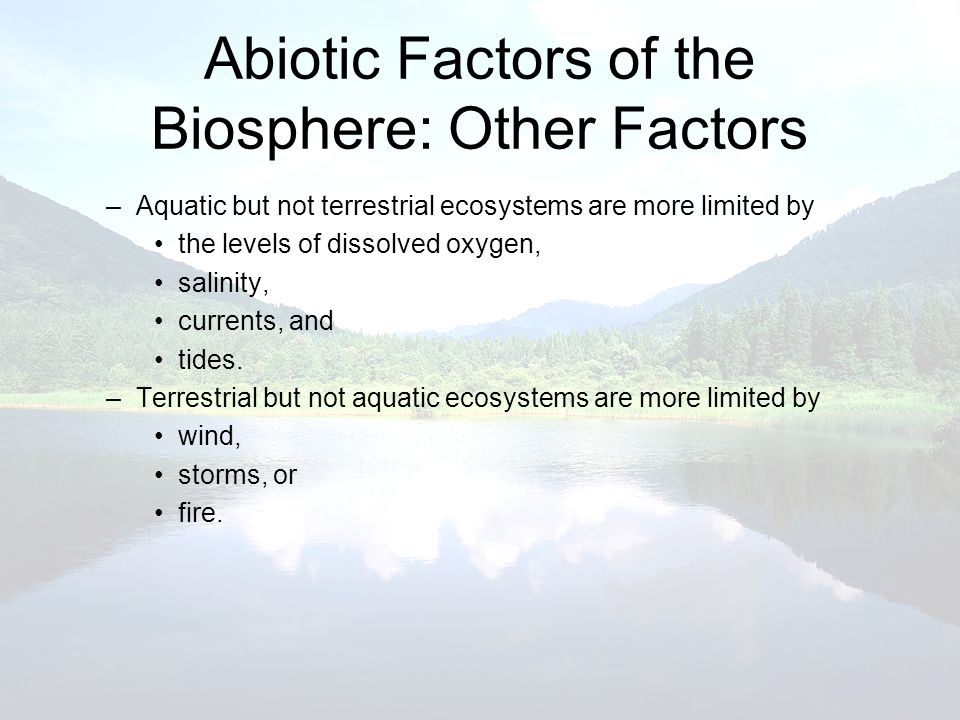
READ MORE:
Human Impact and Conservation Efforts
Human activities significantly impact aquatic ecosystems, affecting their abiotic and biotic components. Pollution, climate change, overfishing, and habitat destruction are major threats to the health and diversity of these environments. Conservation efforts are crucial to mitigate these impacts and preserve aquatic ecosystems for future generations.
- Pollution Reduction: Efforts include minimizing chemical runoff from agriculture, treating industrial waste, and reducing plastic pollution to protect water quality.
- Climate Change Mitigation: Reducing greenhouse gas emissions through renewable energy sources and conservation practices helps limit global warming and its effects on aquatic ecosystems.
- Sustainable Fishing Practices: Implementing quotas and protected areas ensures fish populations remain viable, preserving the balance of aquatic food webs.
- Habitat Restoration: Rehabilitating wetlands, rivers, and coastal habitats supports the recovery of biodiversity and enhances ecosystem services.
- Policy and Legislation: Enacting and enforcing environmental laws protect vulnerable ecosystems and species from exploitation and degradation.
- Community Involvement: Educating communities and encouraging participation in conservation efforts fosters a collective responsibility towards aquatic ecosystem preservation.
Through these and other measures, it is possible to address the challenges facing aquatic ecosystems. Collaboration among governments, NGOs, researchers, and the public is vital for effective conservation and sustainable management of these precious resources.
Understanding the abiotic factors of aquatic ecosystems unveils the intricate balance of life beneath the waves, highlighting the importance of conservation for future sustainability. Together, we can protect these vital environments for generations to come.

